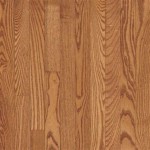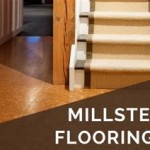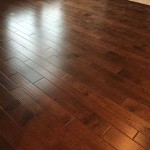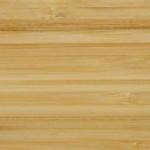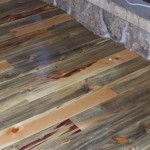Types of Flooring in Construction: Essential Considerations
Flooring is a crucial element in any construction project, impacting both the aesthetics and functionality of a space. Choosing the right type of flooring depends on various factors, including the intended use, durability, maintenance requirements, and budget. Here are some of the most common types of flooring used in construction:
1. Hardwood Flooring
Hardwood flooring is renowned for its timeless beauty and elegance. It is crafted from natural wood species such as oak, maple, or mahogany, offering a warm and inviting atmosphere. Hardwood flooring is durable and can last for decades with proper care. However, it requires regular cleaning and maintenance, including occasional sanding and refinishing.
2. Laminate Flooring
Laminate flooring is a cost-effective alternative to hardwood flooring. It is made from layers of durable materials, including a realistic photo image of wood, creating a stylish and easy-to-clean surface. Laminate flooring is scratch-resistant and moisture-resistant, making it suitable for high-traffic areas and even bathrooms. It is also relatively easy to install.
3. Engineered Wood Flooring
Engineered wood flooring combines the beauty of hardwood with the stability of plywood. It consists of a real wood veneer over a plywood core. This construction makes it more resistant to moisture and temperature fluctuations than solid hardwood flooring. Engineered wood flooring offers a wide variety of styles and can be installed using various methods, including floating or glue-down.
4. Vinyl Flooring
Vinyl flooring is a versatile and affordable option that comes in various forms, including sheet vinyl, luxury vinyl plank (LVP), and vinyl tiles. It is highly durable, waterproof, and resistant to scratches and stains. Vinyl flooring is easy to clean and maintain, making it ideal for kitchens, bathrooms, and other areas with high moisture and foot traffic.
5. Carpet
Carpet provides comfort, warmth, and sound absorption. It is made from synthetic or natural fibers, offering a wide range of textures, colors, and patterns to complement any decor. Carpet requires regular vacuuming and occasional professional cleaning to maintain its appearance and prevent dirt accumulation.
6. Stone Flooring
Stone flooring, including marble, granite, or limestone, exudes luxury and durability. It is naturally heat and moisture-resistant, making it an excellent choice for kitchens, bathrooms, and outdoor areas. Stone flooring requires regular sealing to protect it from stains and chips.
7. Ceramic and Porcelain Tile
Ceramic and porcelain tiles are hard-wearing and water-resistant, making them ideal for wet areas such as bathrooms and kitchens. They come in a vast array of colors, sizes, and shapes, offering endless design possibilities. Ceramic and porcelain tiles are relatively easy to clean and maintain.
Conclusion
The type of flooring you choose for your construction project will depend on your budget, intended use, and aesthetic preferences. By understanding the different types of flooring available and their unique characteristics, you can select the best option to enhance the beauty, functionality, and longevity of your space.

Floors Types Of Methods Construction Floor

What Are The Various Types Of Floors

Diffe Types Of Reinforced Concrete Floors Radfords Cyclopedia Scientific Diagram

Types Of Floor Finishes Archi Monarch

Types Of Flooring Materials And S In Building Construction

Floor Construction Methods Attic Flooring Renovation Installation

8 Types Of Flooring To Consider Forbes Home

Types Of Flooring Materials And S In Building Construction

Floors Types Of Methods Construction Floor

8 Types Of Flooring To Consider Forbes Home

